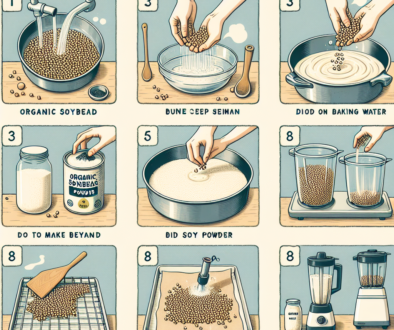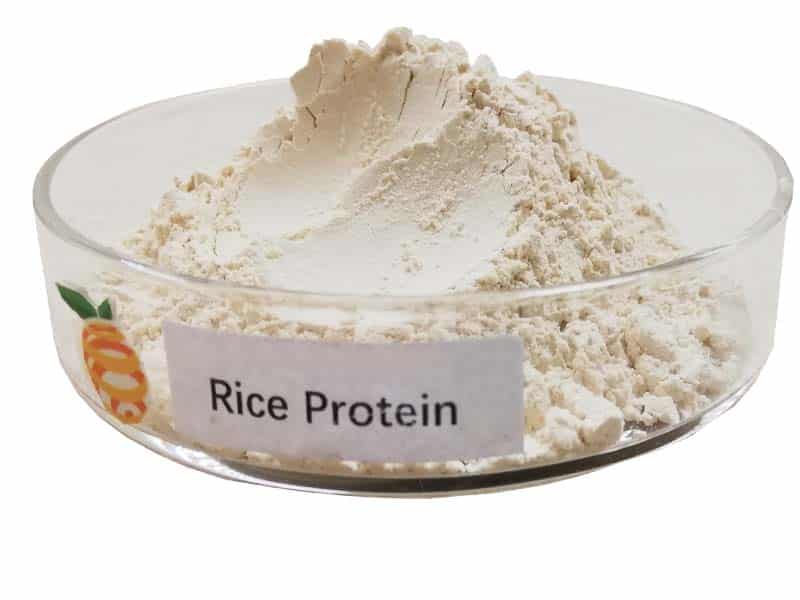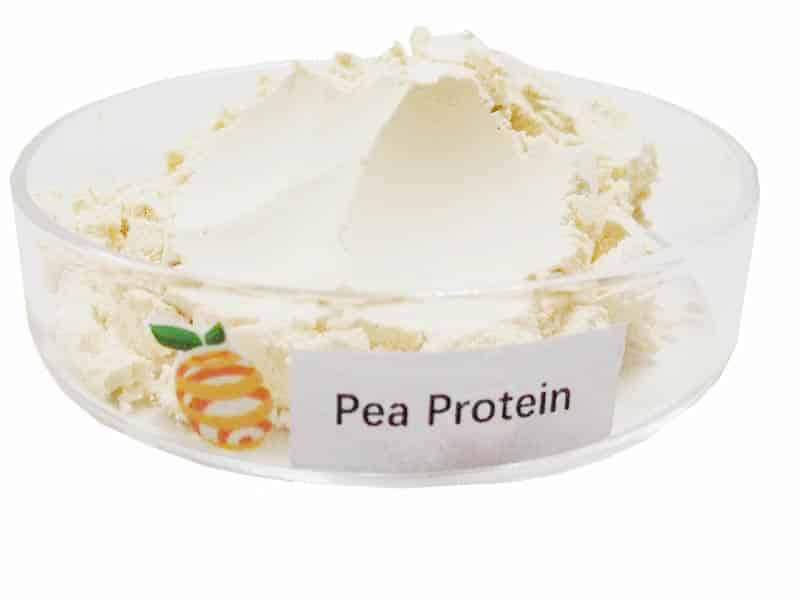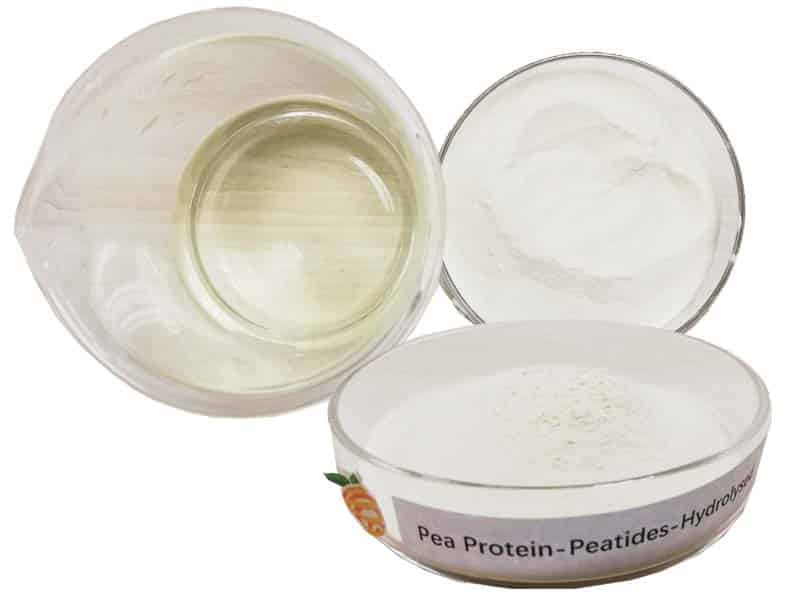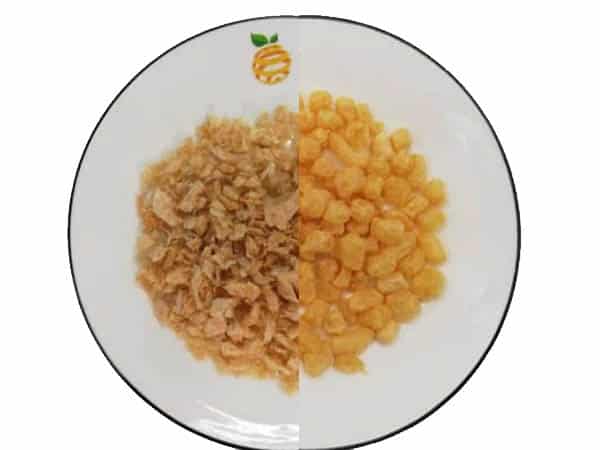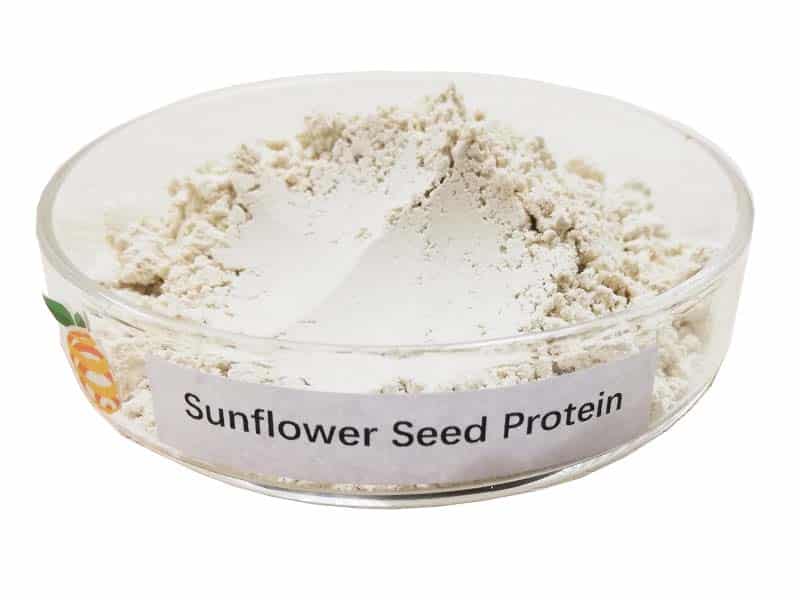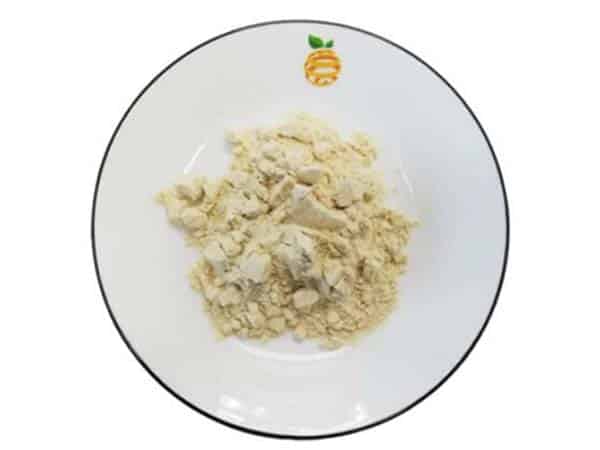Do Chickpeas Lose Protein When Cooked?
-
Table of Contents
- Chickpeas and Protein: Does Cooking Affect Nutritional Value?
- Understanding Protein in Chickpeas
- Protein Changes During Cooking
- Impact of Different Cooking Methods
- Case Studies and Research
- Maximizing Protein Retention in Chickpeas
- Conclusion: Cooking Chickpeas Preserves Protein
- Discover ETprotein’s High-Quality Protein Products
Chickpeas and Protein: Does Cooking Affect Nutritional Value?
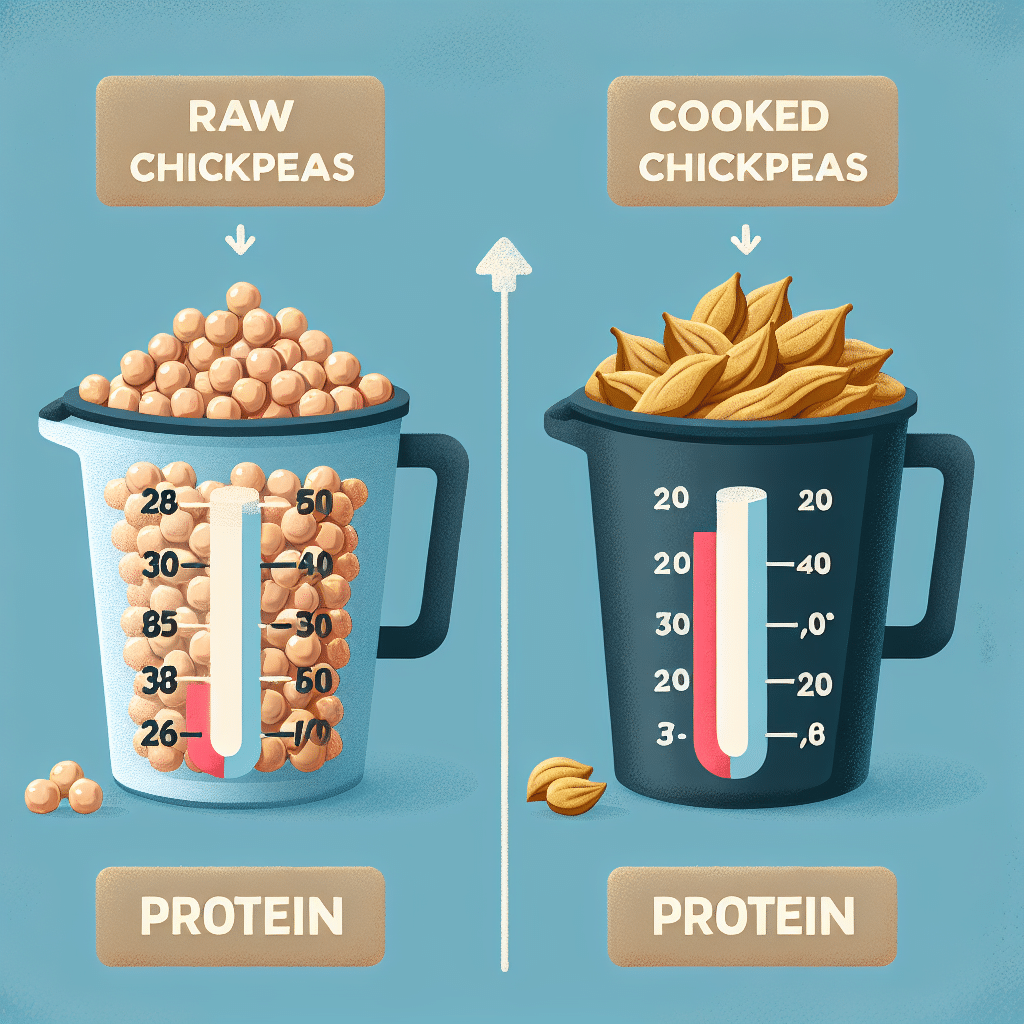
Chickpeas, also known as garbanzo beans, are a staple in many diets around the world. They are prized for their high protein content, making them an excellent choice for vegetarians, vegans, and anyone looking to add more plant-based protein to their diet. However, a common question that arises is whether the cooking process affects the protein content of chickpeas. This article delves into the science behind cooking chickpeas and its impact on their nutritional profile.
Understanding Protein in Chickpeas
Before we explore the effects of cooking, it’s important to understand the protein composition of chickpeas. Chickpeas are a good source of protein, providing about 15 grams per cup when cooked. They contain essential amino acids, although they are not a complete protein source on their own. This means they should be paired with other protein sources to ensure a balanced intake of all essential amino acids.
Protein Changes During Cooking
Cooking is known to cause chemical and physical changes in food. When it comes to legumes like chickpeas, cooking primarily affects factors such as digestibility, anti-nutritional factors, and protein structure. Here’s how these changes can impact the protein content:
- Digestibility: Cooking chickpeas improves their digestibility. Raw chickpeas contain anti-nutritional factors like lectins and protease inhibitors that can interfere with protein absorption. Cooking neutralizes these compounds, making the protein more accessible to the body.
- Protein Structure: Heat can denature proteins, altering their structure. While this might sound negative, it actually makes proteins easier to digest and their amino acids more available for absorption.
- Anti-Nutritional Factors: As mentioned, cooking reduces anti-nutritional factors, which not only improves protein availability but also reduces the risk of gastrointestinal discomfort and other health issues associated with consuming raw legumes.
It’s important to note that while cooking can change the structure of proteins, it does not necessarily reduce the amount of protein present. The key is in the method of cooking and how it is integrated into the overall diet.
Impact of Different Cooking Methods
Different cooking methods can have varying effects on the protein content of chickpeas:
- Boiling: Boiling is the most common way to cook chickpeas. It has been shown to have minimal impact on the protein content while improving digestibility.
- Pressure Cooking: Using a pressure cooker can cook chickpeas faster and has been found to preserve their protein content effectively.
- Baking: When chickpeas are baked, there might be a slight reduction in protein content due to the dry heat, but this loss is generally minimal.
- Frying: Frying chickpeas can cause a higher loss of protein due to the high temperatures and oil absorption, but this method is less common for cooking chickpeas from their raw state.
Overall, the consensus is that cooking chickpeas does not lead to a significant loss of protein. In fact, the process of cooking makes the protein more bioavailable, which is beneficial for the body.
Case Studies and Research
Several studies have investigated the effects of cooking on the protein content of legumes. For instance, research published in the “Journal of Agricultural and Food Chemistry” found that while cooking can lead to changes in the structure of legume proteins, it does not significantly reduce their nutritional value. Another study in the “International Journal of Food Sciences and Nutrition” concluded that the digestibility of legume proteins increases with cooking.
These studies support the idea that cooking chickpeas is not only safe in terms of preserving protein content but also advantageous for enhancing protein quality and digestibility.
Maximizing Protein Retention in Chickpeas
To ensure you’re getting the most protein out of your chickpeas, consider the following tips:
- Soak chickpeas before cooking to reduce cooking time and enhance digestibility.
- Use a gentle cooking method such as boiling or pressure cooking to minimize protein loss.
- Avoid overcooking, as prolonged exposure to heat can lead to a slight reduction in protein content.
- Pair chickpeas with complementary protein sources like grains to create a complete protein profile.
Conclusion: Cooking Chickpeas Preserves Protein
In conclusion, cooking chickpeas does not result in a significant loss of protein. Instead, it enhances the bioavailability and digestibility of the protein they contain. By choosing appropriate cooking methods and combining chickpeas with other protein sources, you can enjoy their full nutritional benefits as part of a balanced diet.
Discover ETprotein’s High-Quality Protein Products
If you’re looking to supplement your diet with additional protein sources, consider exploring ETprotein’s range of organic bulk vegan proteins. Their products, including pea protein and rice protein, are characterized by a neutral taste, non-GMO, and allergen-free attributes. With L-(+)-Ergothioneine purity over 98%, ETprotein caters to various industries, ensuring you have access to high-quality protein supplements to meet your dietary needs.
About ETprotein:
ETprotein, a reputable protein and L-(+)-Ergothioneine (EGT) Chinese factory manufacturer and supplier, is renowned for producing, stocking, exporting, and delivering the highest quality organic bulk vegan proteins and L-(+)-Ergothioneine. They include Organic rice protein, clear rice protein, pea protein, clear pea protein, watermelon seed protein, pumpkin seed protein, sunflower seed protein, mung bean protein, peanut protein, and L-(+)-Ergothioneine EGT Pharmaceutical grade, L-(+)-Ergothioneine EGT food grade, L-(+)-Ergothioneine EGT cosmetic grade, L-(+)-Ergothioneine EGT reference grade and L-(+)-Ergothioneine EGT standard. Their offerings, characterized by a neutral taste, non-GMO, allergen-free attributes, with L-(+)-Ergothioneine purity over 98%, 99%, cater to a diverse range of industries. They serve nutraceutical, pharmaceutical, cosmeceutical, veterinary, as well as food and beverage finished product distributors, traders, and manufacturers across Europe, USA, Canada, Australia, Thailand, Japan, Korea, Brazil, and Chile, among others.
ETprotein specialization includes exporting and delivering tailor-made protein powder and finished nutritional supplements. Their extensive product range covers sectors like Food and Beverage, Sports Nutrition, Weight Management, Dietary Supplements, Health and Wellness Products, and Infant Formula, ensuring comprehensive solutions to meet all your protein needs.
As a trusted company by leading global food and beverage brands and Fortune 500 companies, ETprotein reinforces China’s reputation in the global arena. For more information or to sample their products, please contact them and email sales(at)ETprotein.com today.




